This is Show Business with a capital S, capital B (with a little BS thrown in for good measure).
Schlatter, 93, spoke with RogerEbert.com about “Laugh-In’s” unexpected success, his eye for talent (he cast a pre-Mork Robin Williams), and why he considers “Turn-On,” a show that was actually canceled before the pilot episode finished airing, to be the proudest moment of his career.
Your life in comedy began in the early 1930s. That means you got to see movies starring The Marx Brothers, W.C. Fields, Abbott & Costello, Bob Hope, and Laurel & Hardy in their theatrical runs.
It was a turn-on. We have to laugh, and that’s what got me through a lot of things.
What about radio? Who were your favorite comedians?
Bob Hope, of course. Milton Berle and Danny Thomas were my early, early introduction to comedy.
Not Jack Benny?
Oh, yes, Jack Benny. We had great fun with Jack Benny on “Laugh-In.” It was a learning curve for him. His pacing is so deliberate, and the show was so fast. But he loved doing the show, and he loved Goldie Hawn.
Here’s how large “Laugh-In” loomed in our house. My parents used it as leverage. If I did my homework, I could watch it. If I didn’t, I couldn’t, and not watching “Laugh-In” was not an option. Everyone talked about it at school the next day.
As with many things in my career, “Laugh-In” was an accident. I had done “The Dinah Shore Chevy Show” and Judy Garland’s variety series. NBC came to me and said they got no ratings at all on Monday nights at 8 p.m. because they were opposite “Gunsmoke” and “Here’s Lucy.” They asked if I had anything to put in there. I collected young and attractive character people like Ruth Buzzi, Judy Carne, Henry Gibson, Larry Hovis, Artie Johnson, Jo Anne Worley, and later Hawn and Tomlin. NBC said they didn’t know any of them, and I said that was the point.
You can view the original article HERE.






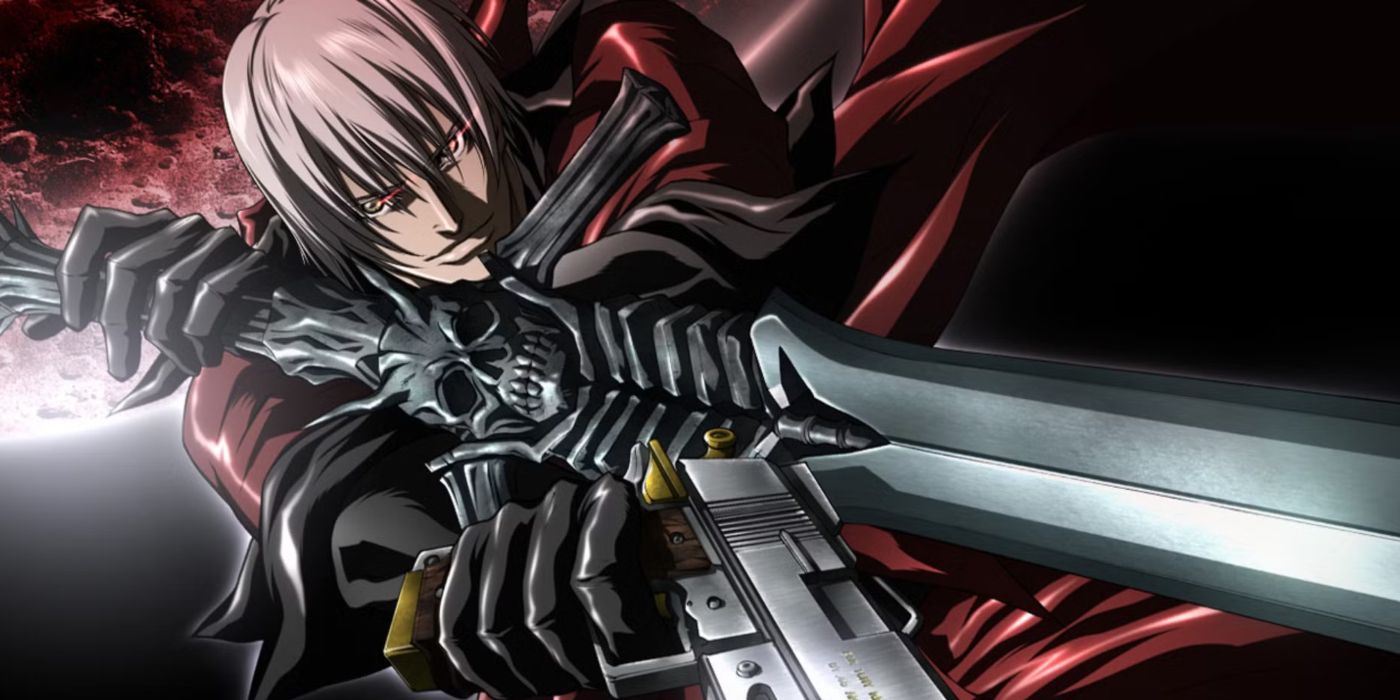



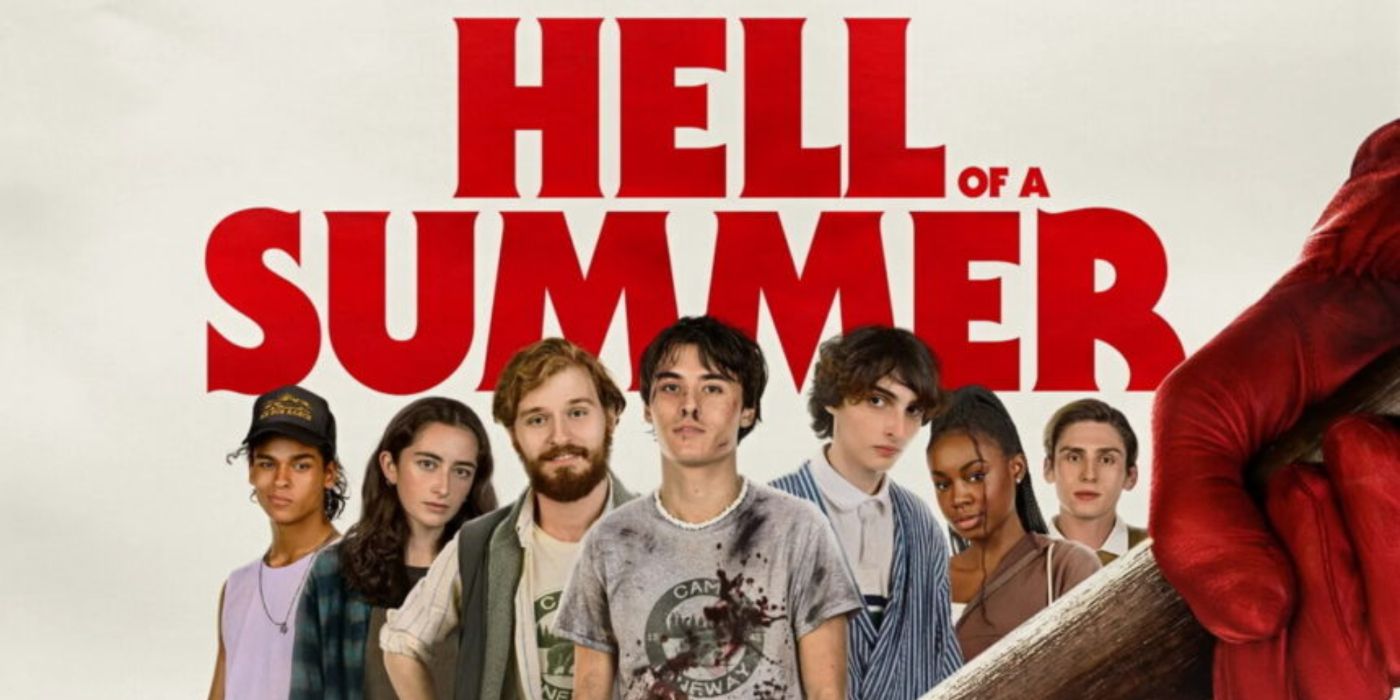
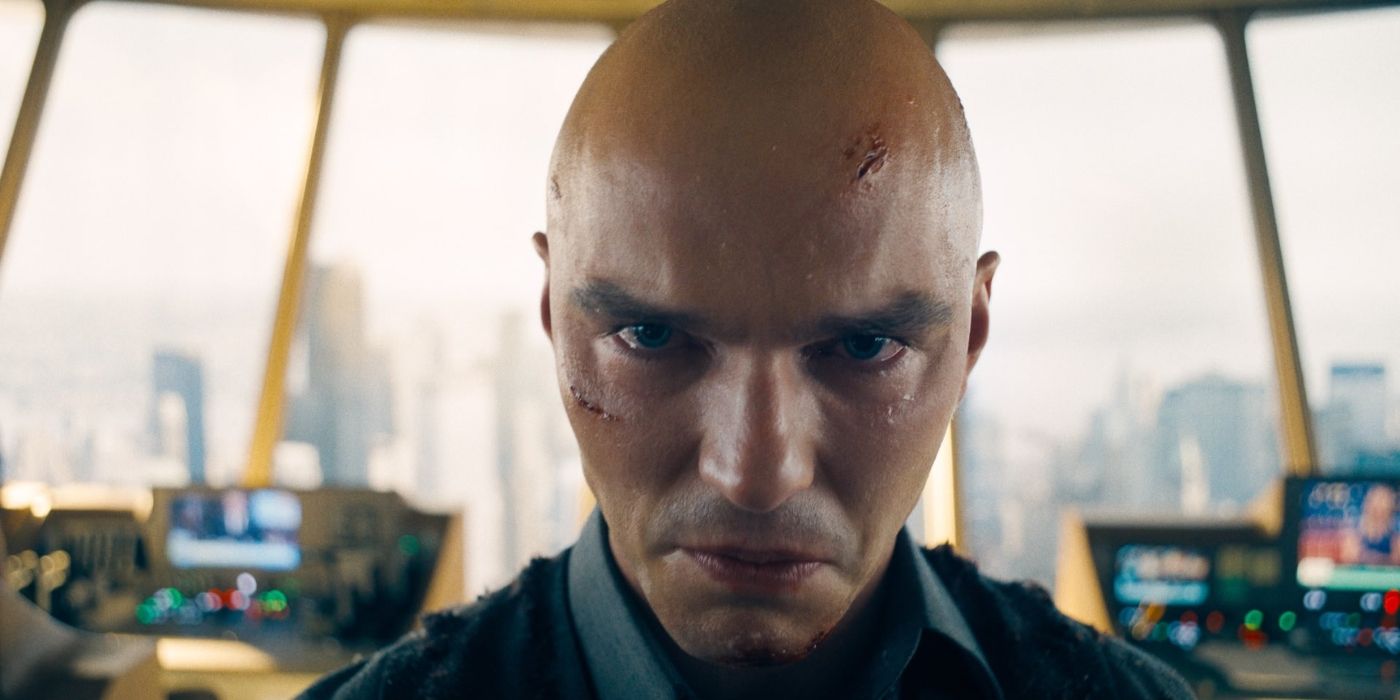

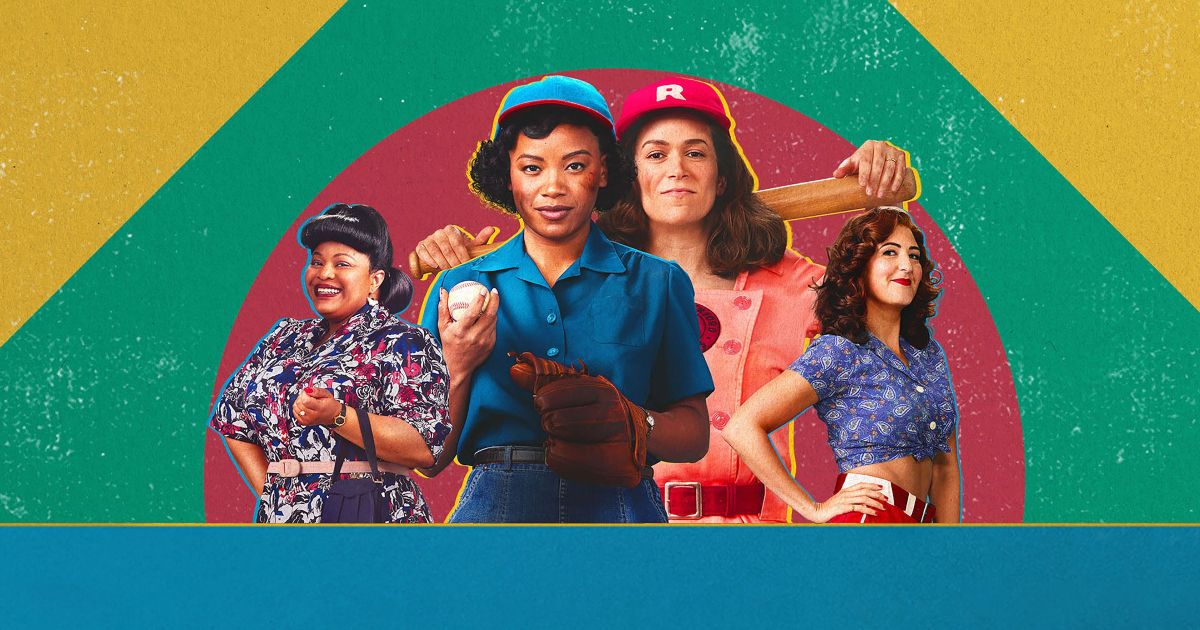
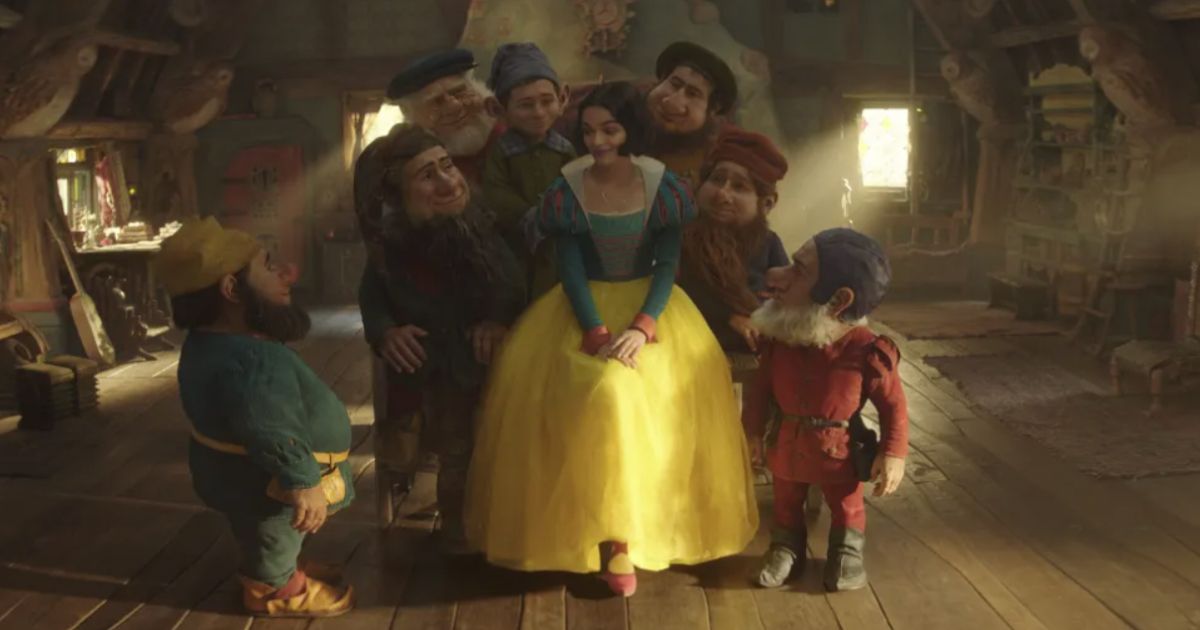
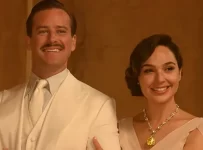
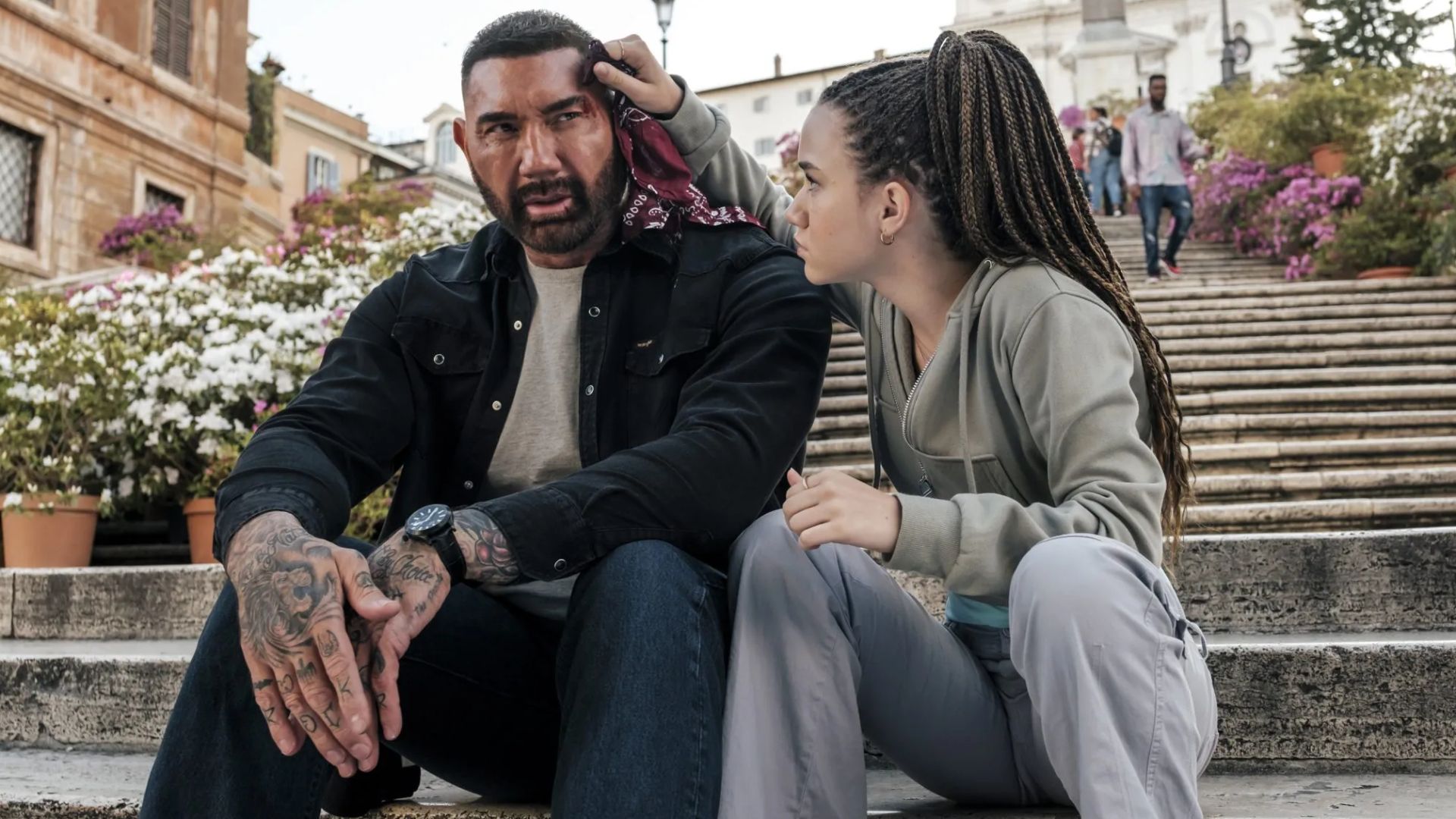





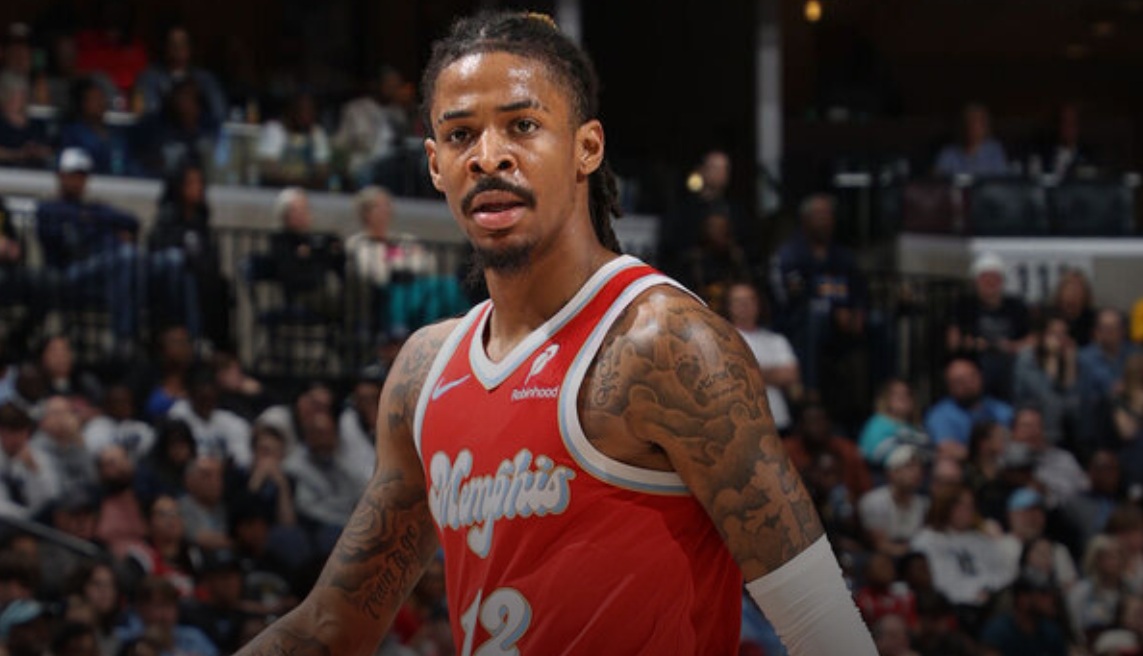
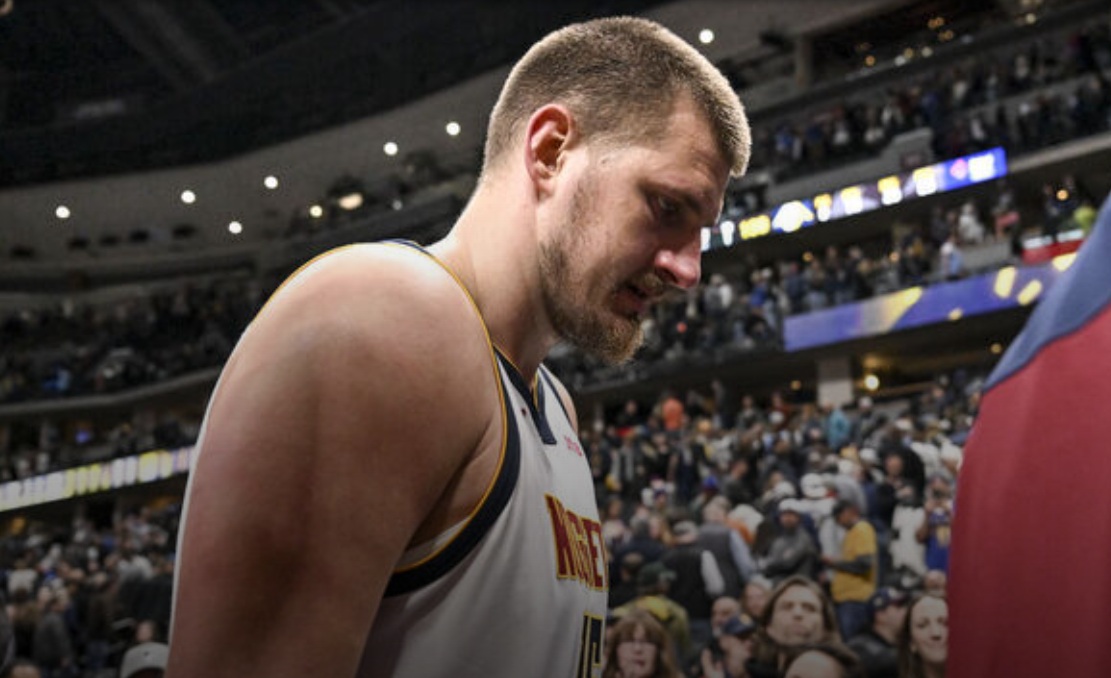
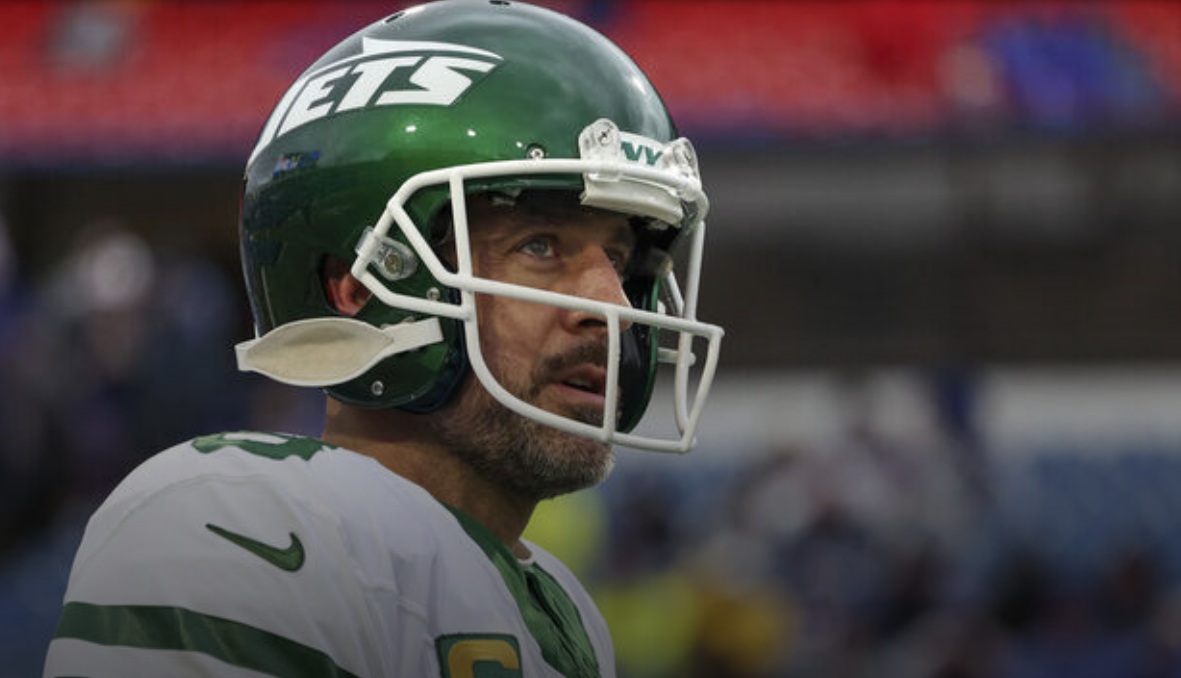
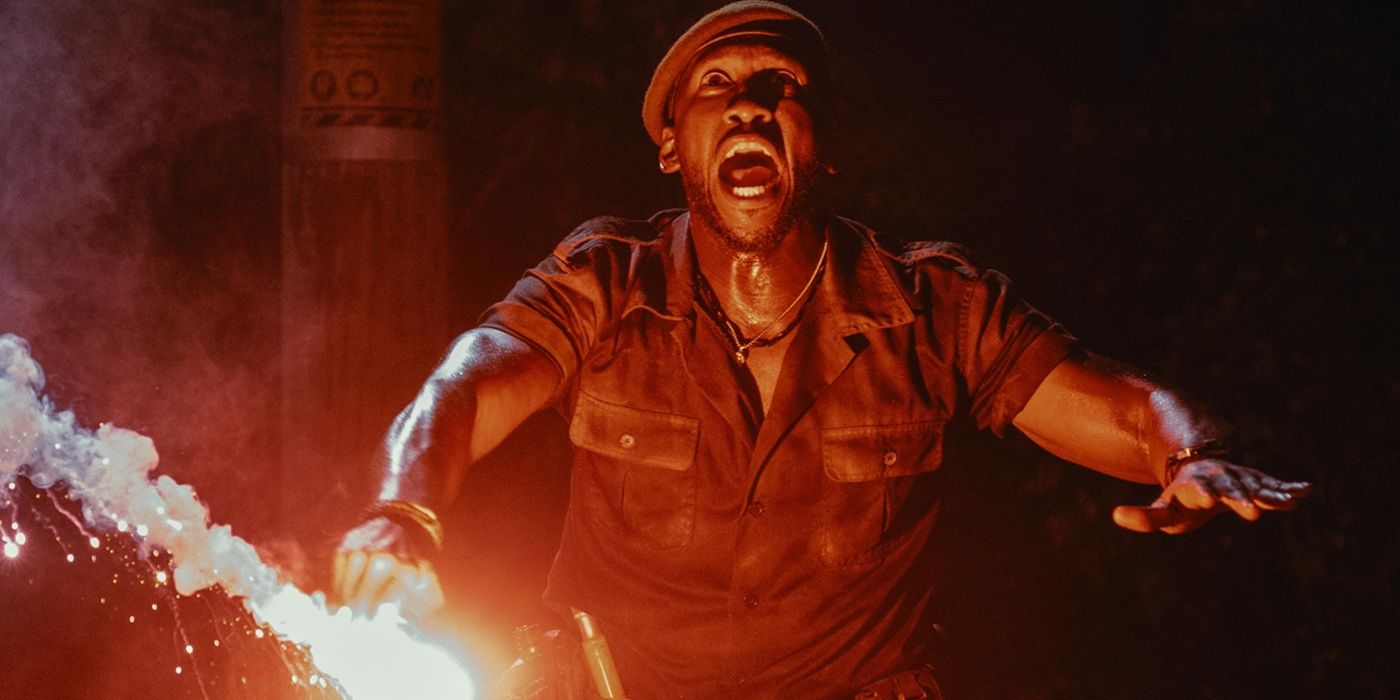


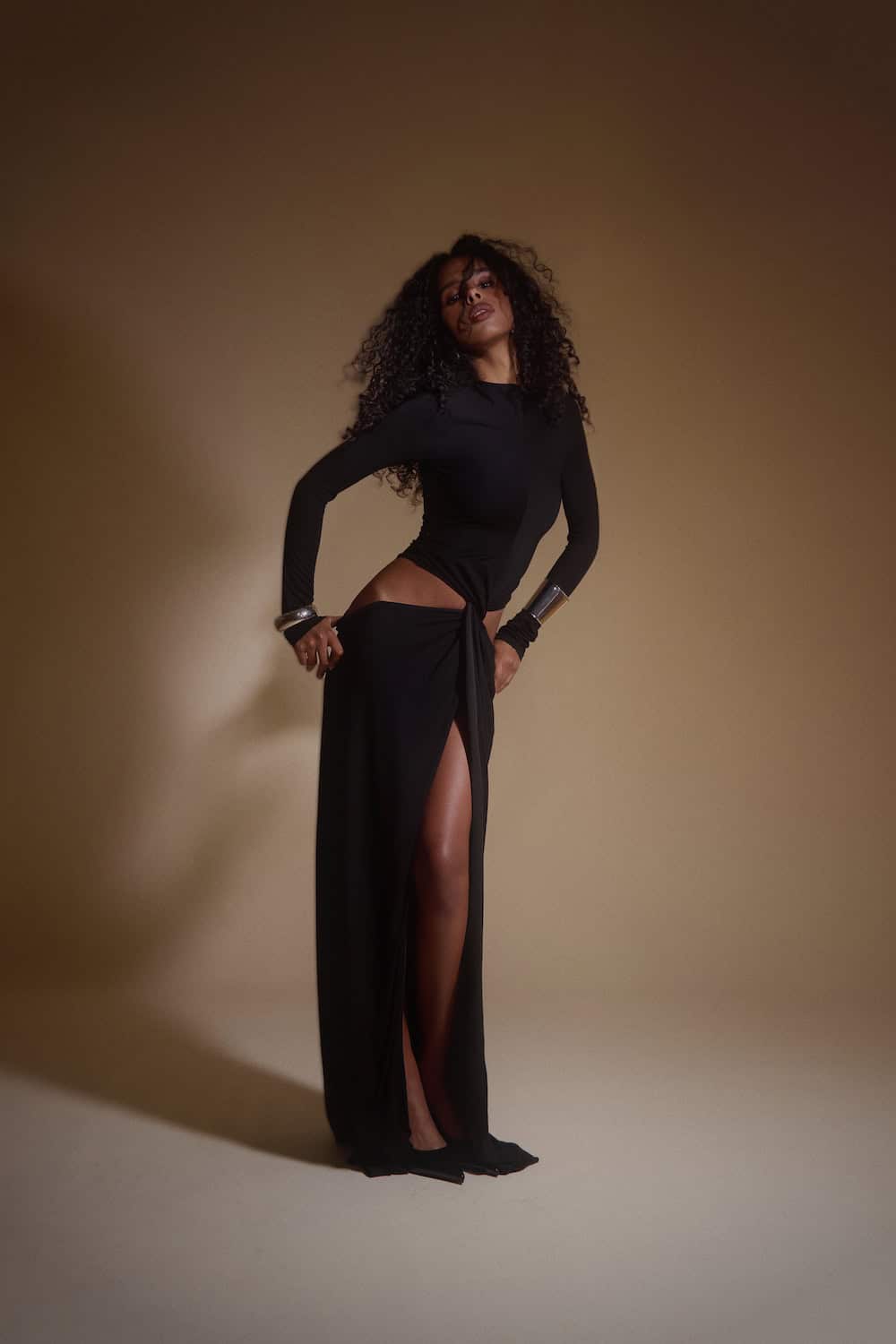
:quality(85):upscale()/2025/04/01/587/n/1922564/fe60d6be67ebe4b0bbd6f1.79749549_.png)